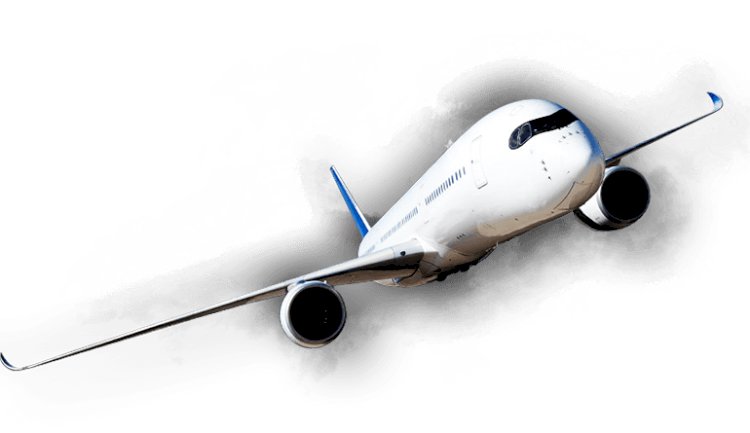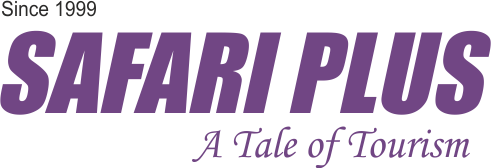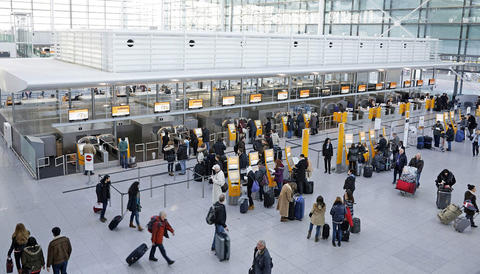Domestic passenger traffic for the Indian Aviation sector registered decline of ~65-67%

For May 2021, domestic passenger traffic is estimated at ~19-20 lakh, implying a sequential decline of ~65-67% compared to ~57.3 lakh in April 2021. With this, the domestic passenger traffic reached lower than the June-July 2020 levels. The airlines’ capacity deployment for May 2021 was lower by ~54-55% compared to April 2021 (~27,700 departures in May 2021, against ~60,300 departures in April 2021), indicating the lower demand stemming from averseness of consumers to travel due to the rise in infections.
According to Ms. Kinjal Shah, Vice President & Co-Group Head, ICRA: “For May 2021, the average daily departures were ~900, significantly lower than ~2,000 in April 2021. The average number of passengers per flight during May 2021 was 72, against an average of 93 passengers per flight in April 2021. The gradual decline depicts the continuing stress on demand, driven largely by the second wave of Covid-19, limiting travel to only necessary travel, while both leisure and business travel have been curtailed due to various state-wide restrictions and the spread of the infections.”
The Ministry of Civil Aviation (MoCA) permitted increasing the capacity deployment on domestic routes gradually from 33%, with effect from May 25, 2020, to 80%, with effect from December 03, 2020. However, it has reduced the permissible capacity deployment to 50% of pre-Covid levels with effect from June 01, 2021 due to resurgence of the second wave of the pandemic. Since the demand for domestic travel itself is lower due to averseness of consumers to travel due to the rise in Covid-19 infections, thereby resulting in the airlines flying at much lower capacity and/ or passenger load factors (PLFs), the reduction in the permissible capacity deployment to 50% with effect from June 01, 2021 is not expected to have any material impact on the airline operations. In addition, the MoCA also increased the minimum fare for domestic flights with effect from June 01, 2021. The lower airfare band has been increased by ~13-15%, keeping the upper limits unchanged. This will allow airlines to recoup some part of the increase in aviation turbine fuel (ATF) prices, thereby cushioning some impact on the airlines’ losses. In ICRA’s view, the fare increase may not materially impact the passenger traffic demand as in the current scenario, the travel is limited to only necessary travel.
The Ministry of Finance has also included the Civil Aviation sector under ECLGS 3.0, which provides airlines access to additional funding to the extent of 40% of their loan outstanding or Rs. 200 crore, whichever is lower, at attractive interest rates. This will provide the much-needed-liquidity support to the airlines to help them manage their cash flows in the near term.
While the scheduled international operations have been suspended further till June 30, 2021, under the Vande Bharat Mission (VBM) for evacuation of Indian citizens from foreign countries, which started from May 07, 2020, the international passenger traffic (inbound and outbound) for Indian carriers has been ~35 lakh for the period May 07, 2020 to May 31, 2021. For May 2021, the international passenger traffic for Indian carriers under the VBM was estimated at ~1.4 lakh, a sequential decline of ~61%.’. This was due to the cancellation of flights to/from India by many countries like the US, the UK, Singapore, Kuwait, France, Canada, Australia, Iran, Indonesia and the UAE, which had air transport bubble (ATB) arrangements or are under the VBM, citing the increasing coronavirus cases. The international operations through VBM or the ATB route were the only source of revenue for airlines and the cancellation of flights by the destination countries will further impact the beleaguered domestic carriers.
While until February 2021, the ATF prices were still lower on a YoY basis, in March 2021, April 2021 and May 2021, prices were higher by 3.0%, 59.8%, 103.4%, respectively, on a YoY basis. In June 2021, the prices have been higher by 86.3% on YoY basis, attributed to the low base of June 2020, when the prices declined YoY by 47.5% due to the impact of the pandemic.













































